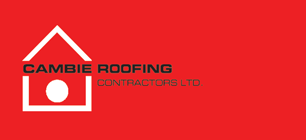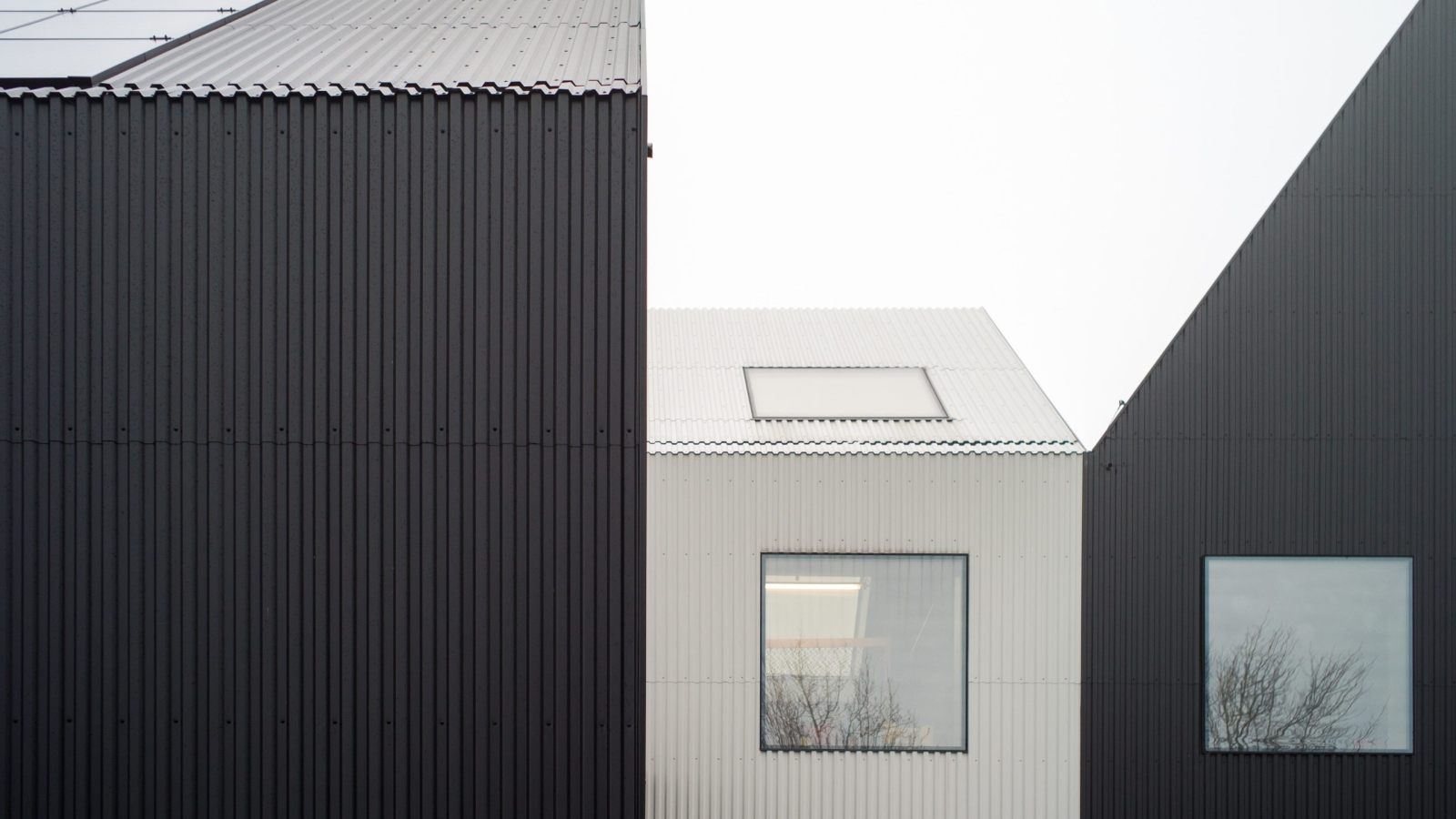Best Metal Roofing for Residential Areas
Even in a city like Vancouver, the popularity of metal roof products has increased dramatically over the past decade, a clear sign that homeowners and builders are growing more and more aware of the benefits of this roofing. In fact, during the last ten years, a whole new type of metal roof materials has hit the market. These are a far cry from the old, expensive metal roofs which used to be on the market. Today’s metal roofs serve as high-tech answers to the need for durable, fire-resistant, lightweight roofing that looks at home on a house – and are cost effective too!
When considering a metal roof, you’ll first want to determine the fundamental look you want it to have. Residential metal roofing comes in two basic forms that are very different in appearance: sheet-like panels and shingles. Within these two categories, there are many variations, colours, and patterns.
Benefits of Metal Roofing Systems
The primary benefit of metal roofing is longevity. Manufacturers routinely offer 50-year warranties and even lifetime, non-prorated warranties. They claim their products will last two to four times longer than roofs with asphalt shingles. By avoiding one or two re-roofing jobs during the life of the metal roof, you will more than offset the higher initial cost.
There are other advantages, as well. Metal roofs are lightweight, sometimes allowing them to be installed directly over old roofs. Additionally, metal roofs are effective in preventing the spread of fire when hot embers fall on them. This could mean the difference of saving some of your most precious photographs or losing them in the event of a house fire. In fact, some insurance companies will give you a discount if you have a metal roof. In addition, metal roofing is made with a large percentage of recycled metal—often 95 percent—and when its useful life is done, it can be recycled again. No worries about it filling up dwindling space in landfills.
Metal Roof Materials
Residential metal roofing is generally made of steel, aluminum, or copper. Rolls of 24- or 26-gauge steel sheets are given a metallic coating to prevent rust, followed by a baked-on paint finish. Aluminum sheets don’t require the metallic coating but do get painted. Copper, often called a natural metal product, is neither coated nor painted, because it weathers without corroding. It is sometimes used for special features, such as the roof of a prominent bay window.
Metal Roof Textures and Finishes
Metal roofing products can be stamped into many shapes and are typically installed as interlocking panels with hidden fasteners. Viewed from a distance, they offer fairly convincing renditions of shingles and tiles.
Standing-seam metal roofs look exactly like what they are–long sheets of painted steel with vertical seams. From a design perspective, they are a purer product but not suitable for every home. Standing-seam roofs are perhaps best matched to the simple lines of cabins and contemporary home designs.
Myths About Metal Roofs
Myths and legends get started about all sorts of people, places, and building material. Metal roofing has more than its share, perhaps because it has undergone so many transformations over the years. Here are the most common myths about metal roofing:
• It will increase the likelihood of a lightening strike. Metal conducts electricity, but electricity is not drawn to it so you don’t need to worry about stormy weather.
• Metal roofs are noisy in the rain. Not so. They may even be quieter than other roof types
• A metal roof will make your house colder in winter. Actually, a metal roof has no effect on the temperature of the typical vented attic in winter. It’s the insulation under the floor of your attic that keeps you warm.
• Metal roofs are susceptible to damage by hail. While extremely large hailstones can dent a metal roof, normal hailstorms will not. With textured roofs, minor denting is not readily visible.
• You cannot walk on a metal roof. You can, but you have to know how to do it without causing damage. Check with the manufacturer of the product you choose.
Metal Panel Roofing
The most familiar pattern of panel-style metal roofing, “standing-seam roofing,” has raised ribs every 6inches or foot and is applied vertically on a roof and doesn’t attempt to look like anything other than what it is. It has a decidedly commercial look that is favoured by architects for its honest, clean, contemporary look, It is commonly used on homes ranging from mountain cabins to modern masterpieces but would look very out-of-place on a Colonial home.
Metal Shingle Roofing
Metal shingle-style roofing is quite different than sheet roofing. With this style, metal is formed into shapes that imitate Spanish tile, wood shakes, or slate. In addition, these shingles are typically given multiple-layer factory finishes that may include granulated-stone topcoats to complete the realistic effect.
Conclusion
Because a new roof is a major investment and something you’re likely to live with for a long time, it’s important to choose your roofing contractor carefully. This holds true for all types of roofing contractors but is even more important with metal roofing contractors because application of a metal roof is a specialty that requires skills and tools that are quite different than those used for installing more-typical roofing products. Whereas a typical roofing contractor can install wood or asphalt shingles, it takes a specialist to install mot types of metal roofing. At Cambie Roofing, we are experienced with all types of metal roofs and give you a fair quote.
For sheet metal roofing systems, choose a contractor who has had at least three years of experience installing metal roofs.
The best way to find a good metal roofing contractor is through friends and neighbors who have had similar work done. At Cambie Roofing we have an excellent reputation. Just look at our testimonies or ask any of our customers. If you ask, we’re happy to refer us to some of our happy clients.
Make appointments with at least three professional roofers. Make sure they are well experienced at the type of roof you intend to have installed. After talking to a couple of contractors, we know you’ll be happy to come back to us.
Originally published June 2018,
Updated and republished Dec. 2023

